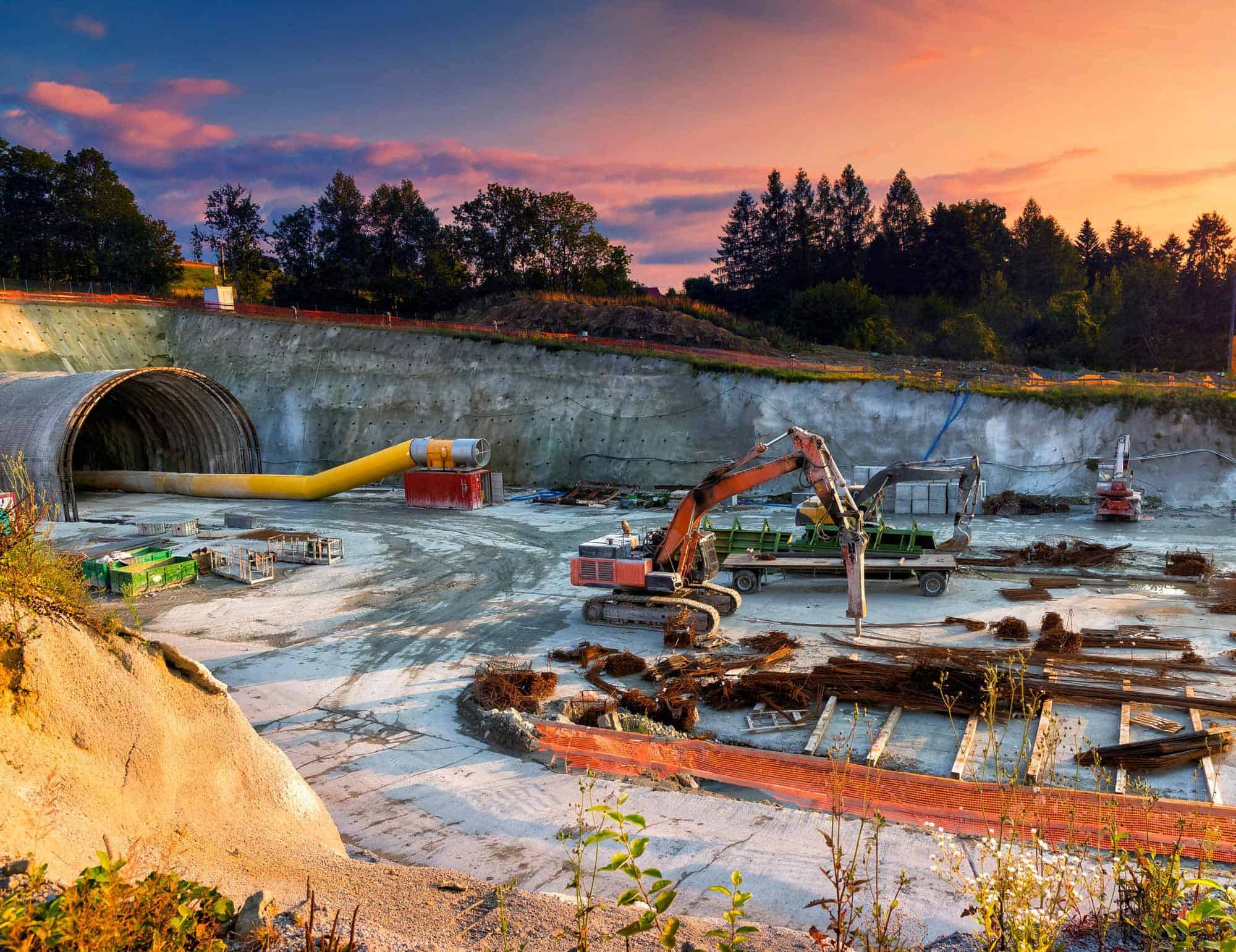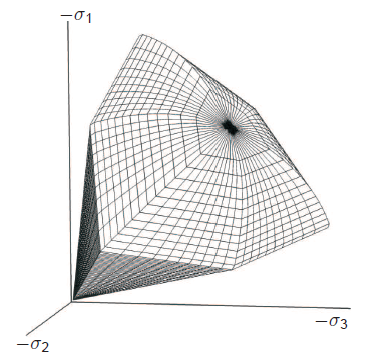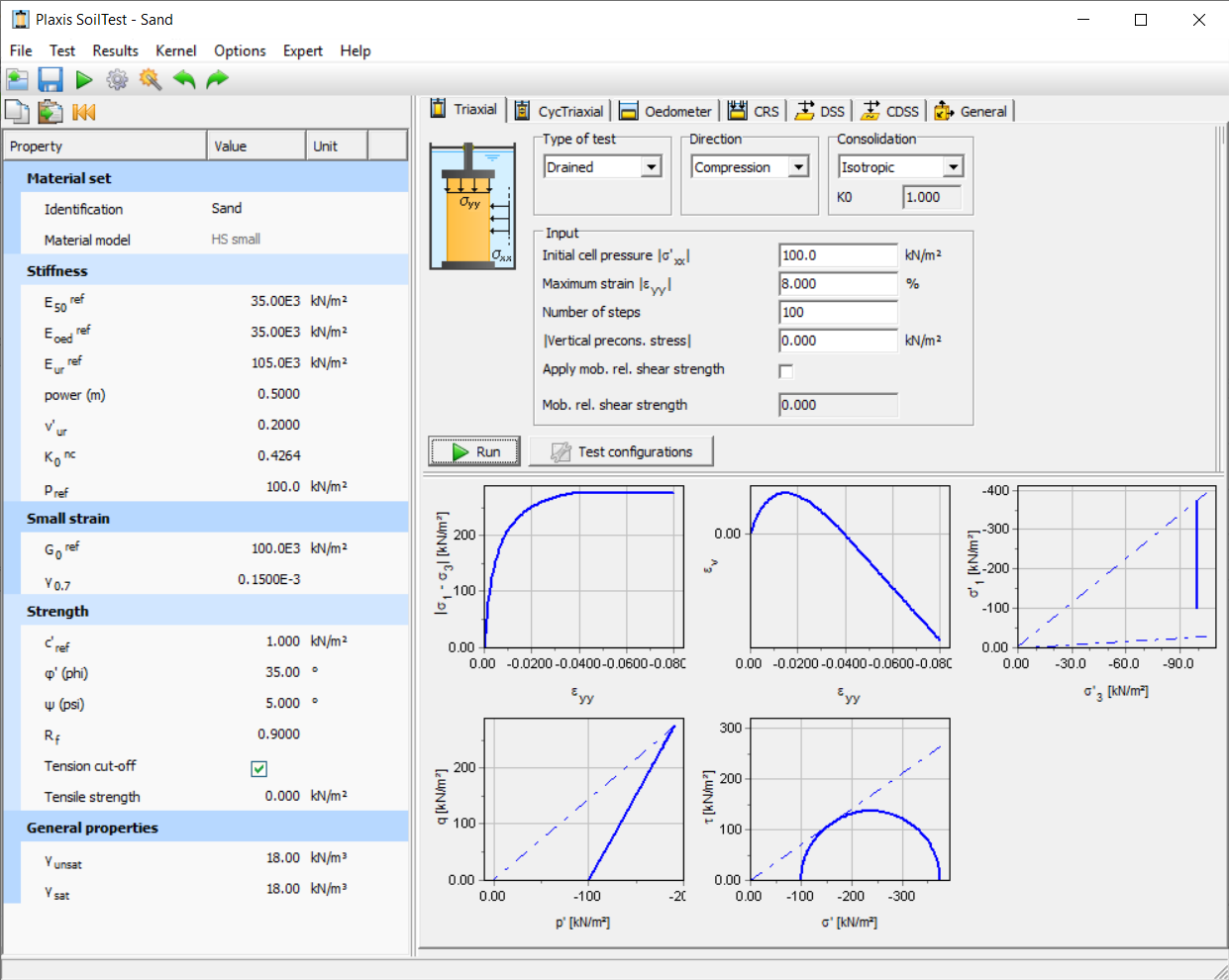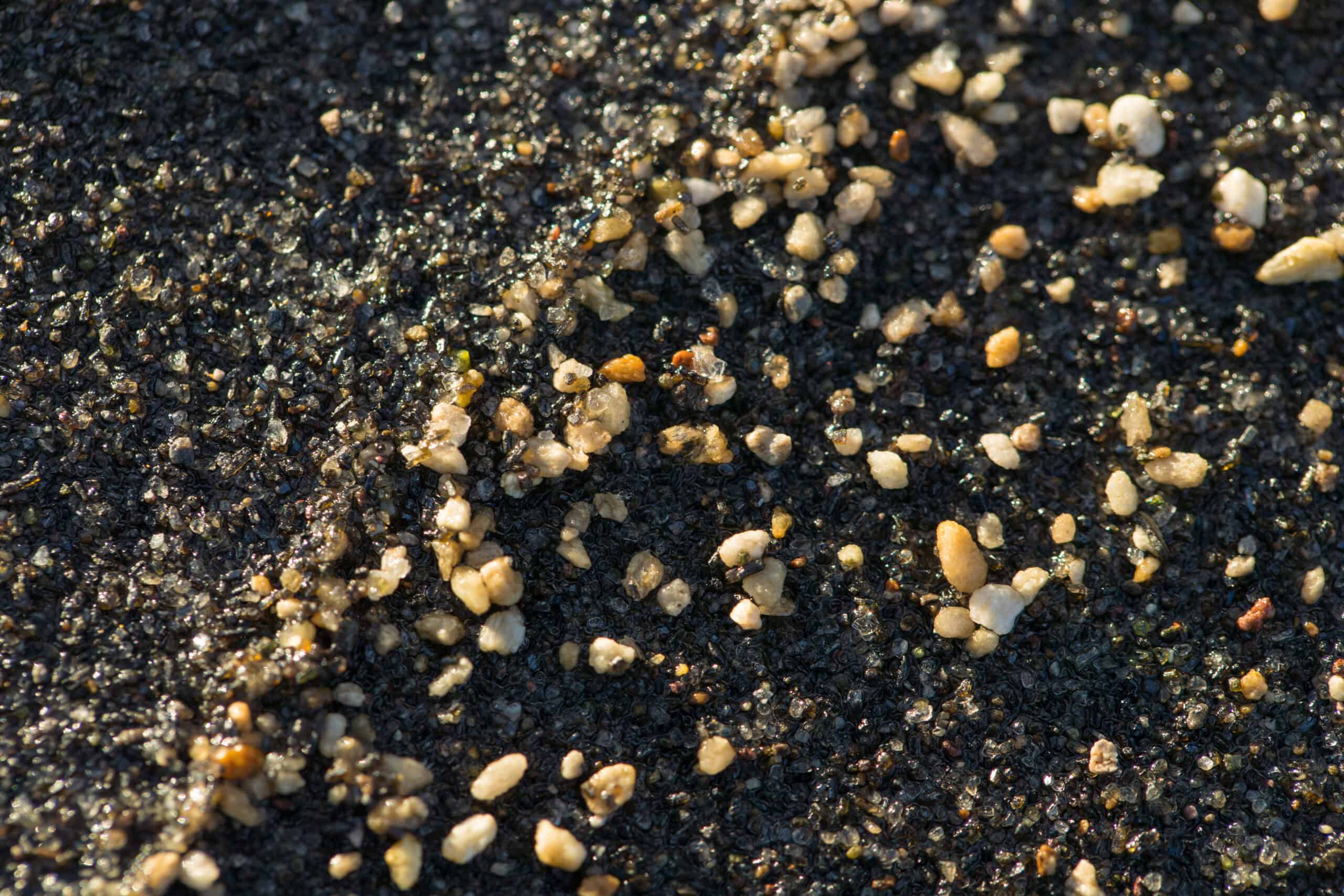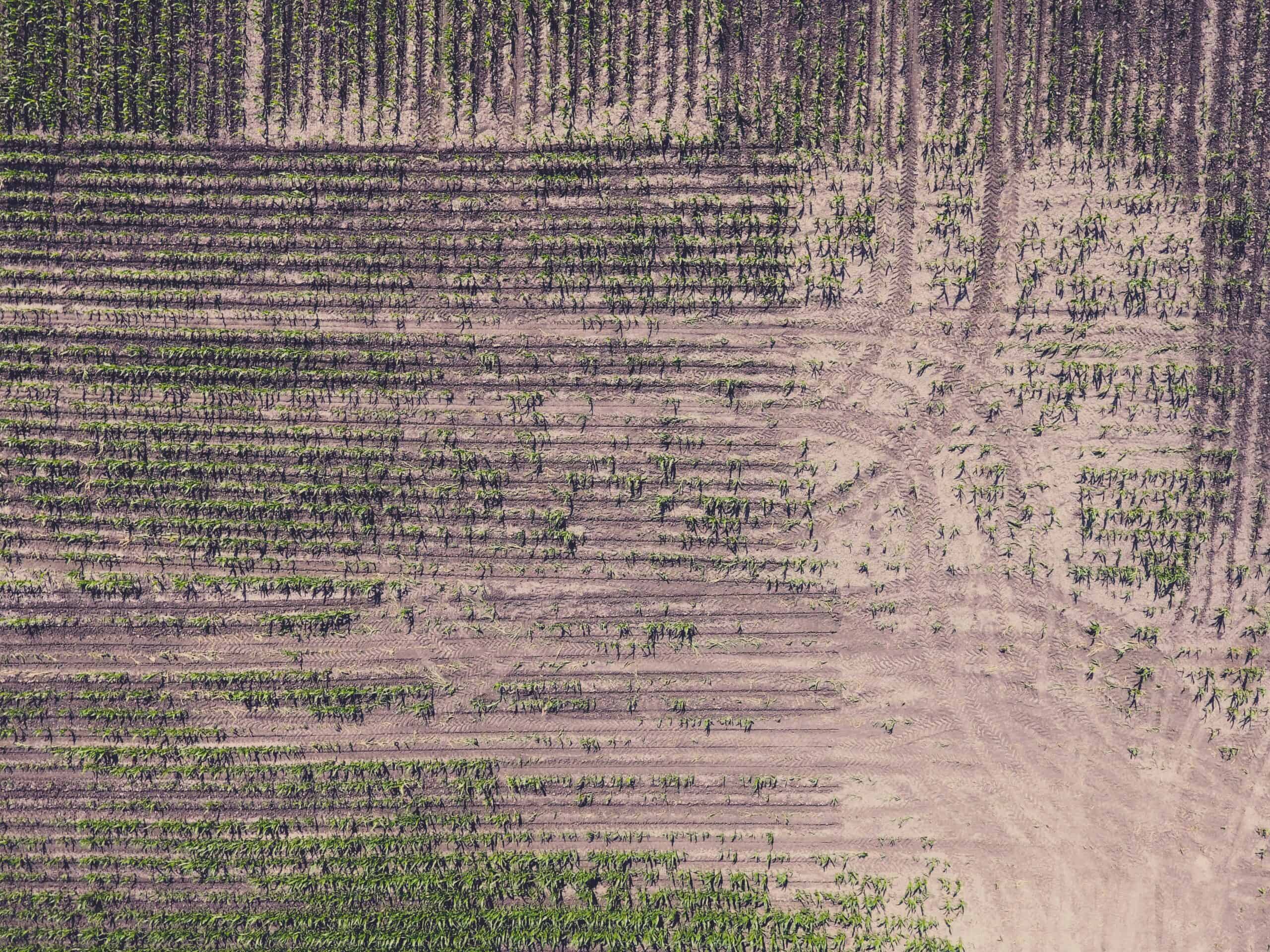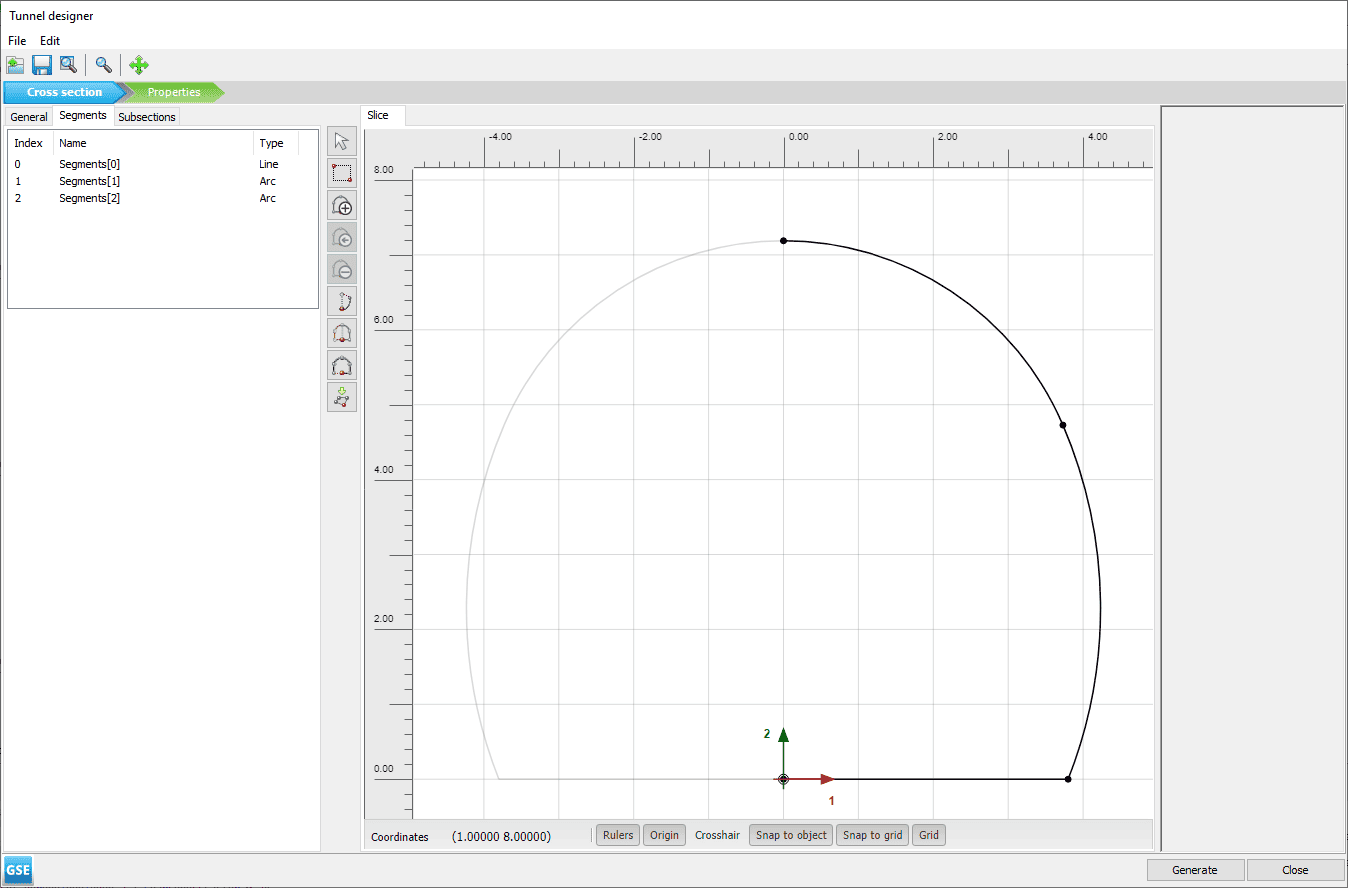In my previous blog I mentioned the importance of using advanced soil models for your geotechnical finite element calculations. The Hardening Soil model is such a model that captures several features of real soil behaviour; both for sandy soils as well as for clays and silts. In this article I will further explain some practical details of the Hardening Soil model with the purpose to take away some fear and encourage you to use this model in your next geotechnical application.
Features of soil behaviour
As mentioned in my previous blog, simple models lack some important features of soil behaviour. The Hardening Soil (HS) model (Schanz et al., 1999), or even better, the HS model with small-strain stiffness (HSsmall) (Benz, 2007) includes several features of soil behaviour that are relevant for many practical applications, such as:
- Stress-dependency of stiffness and strength
- Strain-dependency of stiffness (modulus reduction)
- Memory of preloading
- Distinction between primary loading and unloading or reloading stiffness
- Realistic non-linear behaviour instead of bi-linear stress-strain response
- More accurate pore pressure development in undrained loading
In contrast to other engineering materials, soil stiffness cannot simply be defined by a single Young’s modulus (E). Different loading directions (compression, shear, unloading) will cause a different stiffness response. Therefore, the Hardening Soil model has different stiffness parameters for different loading directions. They can be obtained from different soil lab tests.
“Do I need to perform all those tests to be able to use the Hardening Soil model?”
Ideally, yes, but not necessarily. Stiffnesse can also be obtained from field test data (CPT, SPT) by means of correlations. And there are typical ratios between de various stiffness parameters for different types of soil, so once you have determined a single stiffness parameter, you can usually give a good estimate of the others.
Model parameters
A constitutive model, together with its set of model parameters, is supposed to be representative of a particular soil. For the HS(small) model this is probably true. The model itself will take care of stress- and strain-dependency of stiffness and strength without changing the parameters. You can build a database of parameter sets for different soils, irrespective of the loading conditions; something that does not make sense when using simple models like the linear elastic perfectly plastic Mohr-Coulomb model, because for such models, changing loading conditions require different parameter values.
In 2010 we published a paper with correlations providing a first estimate of all HSsmall model parameters for sandy soils, just based on Relative Density (Brinkgreve et al., 2010). This can be very useful in an early stage of a project, when only limited soil data is available. It generally provides more accurate results than using a simple model, based on the same limited data. Hence, the ‘fear’ for the Hardening Soil model and its numerous parameters to be determined, is simply not justified.
Image: Hardening Soil model: Yield contour in principal stress space
Soil Test facility
Once you have determined your set of model parameters for the Hardening Soil or HSsmall model, you can test your ‘digital soil’ in the PLAXIS Soil Test facility. This is a very convenient tool in which you can quickly check the model’s response under loading conditions similar to real soil lab tests. If you have real lab test data available, you can do a further calibration and validation of your model parameters. There is even a parameter optimisation tool available.
Besides calibration of model parameters, the Soil Test facility is a very nice ‘learning tool’. It enables students and young engineers to understand various features of soil behaviour, and it will show the capabilities and limitations of your soil model. Using this tool will really make you appreciate the Hardening Soil and HSsmall model for its authentic representation of real soil behaviour. On the other hand, it may also warn you about the limitations of the Mohr-Coulomb model, since it clearly demonstrates its linear or bi-linear behaviour under various loading conditions.
Image: Triaxial test simulation with the HSsmall model using the PLAXIS Soil Test facility
Are you convinced?
Hopefully, after reading this blog, you are convinced that the Hardening Soil and HSsmall models are better alternatives to use as soil models in your practical geotechnical applications. The ‘fear’ for its parameter determination based on limited soil data is unnecessary. We have provided simple correlations for sandy soils, and there is more to come for clays and silts. A finite element analysis using the Hardening Soil model is more accurate and realistic than when using a simple model. We are looking forward to welcome you as a new member of the growing family of HS(small) model users all over the world.
LinkedIn Live: PLAXIS Soil Model Talk with Dr. Ronald Brinkgreve
Learn more about this event here.
References
Schanz T, Vermeer PA, Bonnier PG (1999). The Hardening Soil model: Formulation and Verification. In: Beyond 2000 in Computational Geotechnics, Brinkgreve (ed). Rotterdam: Balkema. 281-296.
Benz T (2007). Small-Strain Stiffness of Soils and its Numerical Consequences. PhD thesis. Geotechnical Institute – University of Stuttgart.
Brinkgreve RBJ, Engin E, Engin HK (2010). Validation of empirical formulas to derive model parameter for sands. In: NUMGE 2010, Benz & Nordal (eds). Leiden: CRC press. 137-142.
Learn more about PLAXIS with Bentley’s eStore:
Interested in PLAXIS soil models? Find more resources here.
Want to learn the specialized material models in PLAXIS 2D and 3D?
Get access to new educational PLAXIS videos to explore the benefits and value of using PLAXIS.
For the price and the amount of Keys included in PLAXIS Virtuoso Subscription, please visit this page.
Want to learn more about what PLAXIS can do for you? Don’t hesitate to contact our geotechnical experts. We are happy to help.
